


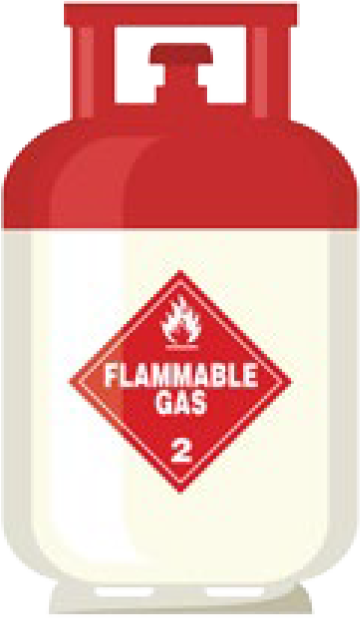
R1234yf is a hydrofluoroolefin (HFO) refrigerant. HFO refrigerants are composed of hydrogen, fluorine and carbon atoms, but contain at least one double bond between the carbon atoms. Due to its composition, R1234yf does not damage the ozone layer or has minimal global warming impact. You do not need a ARCTick refrigerant handling licence or a refrigerant trading authorisation to handle, sell or store this refrigerant.
| PROPERTIES | R1234yf | R134a |
|---|---|---|
| Boiling Point | -29°C | -26°C |
| Critical Point | 95°C | 102°C |
| Saturation Pressure at 25°C | 580 kPa gauge | 567 kPa gauge |
| Saturation Pressure at 80°C | 2400 kPa gauge | 2490 kPa gauge |
| Global Warming Potential | <1 | 1430 |
| Flammability Rating | Class A2L Refrigerant - Mildy Flammable | A1 - Non Flammable |
The general requirement for R1234yf tools is that they are “ignition proof”. Ignition proof tooling provides a spark free tool / work environment. This reference is relevant to any tool that has electrical requirements.
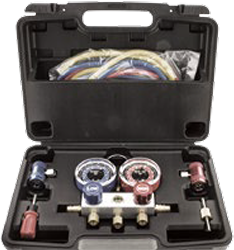

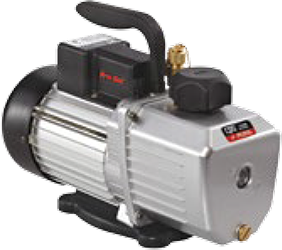
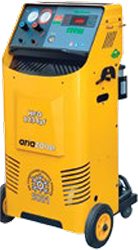
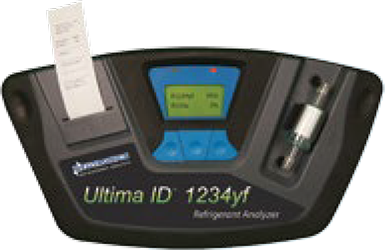

Only use equipment that meets the following Society of Automotive Engineers (SAE) Standards for use with R1234yf:
No. The R1234yf system refrigerant circuit is accessed using service couplers that are a different size to those of a R134a system.
The service coupler hose connection also has a left-hand thread that requires a matching hose for connection. Hence the need for an R1234yf gauge set.
R1234yf is classified as an A2L mildly flammable refrigerant, and requires the use of equipment designed for use with such a refrigerant.
The exception is an electronic leak detector. Several manufacturers produce detectors that are suited to both refrigerants. Check with your refrigerant wholesaler.
No. R134a systems were not designed to operate using a flammable refrigerant.
R134a systems should not be converted to use R1234yf as these systems are unable to be converted to a level that satisfies the requirements of international standards (SAE J639 and SAE J2842) set for systems that use R1234yf.
The standards lay down specific requirements for system design. For example, the R1234yf evaporator is significantly stronger than the one you would commonly find in an R134a system.
Aside from the safety aspects, although the two refrigerants have similar thermodynamic properties, they are not the same. Therefore, compressor damage or system performance limitations may be experienced by attempting to convert an R134a system to R1234yf.
R1234yf is available from most refrigerant wholesalers and automotive air conditioning component suppliers.
No. R1234yf is not controlled under Australia’s Ozone Protection and Synthetic Greenhouse Gas legislation. However, a licence is required if it is part of a blend containing a controlled HFC refrigerant. In addition, R134a will still be available, and in older systems, for years to come. It is a legal requirement that automotive workshops who provide air conditioning services (including recovery) continue to hold a refrigerant handling licence and refrigerant trading authorisation if R134a is being used.
For additional licensing requirements, check with your relevant state-based licensing authorities.
R1234yf is classified as A2L mildly flammable. Technicians need to take the relevant safety measures for the correct transport, storage and handling of a flammable gas. This would include, but is not limited to, ensuring no open flames (including smoking) near the system. It is also worth noting that highly toxic substances are created when this gas is burnt.
Asphyxiation and freeze burns are also a risk. It is advised to check with your state-based Worksafe agency and refer to the relevant material safety data sheets available from your refrigerant wholesalers for specific safeguards when handling this refrigerant. Suitable Personal Protective Equipment (PPE) is to be worn when handling this refrigerant. Suitable trade training in flammable refrigerants is recommended prior to working on systems containing flammable refrigerants.